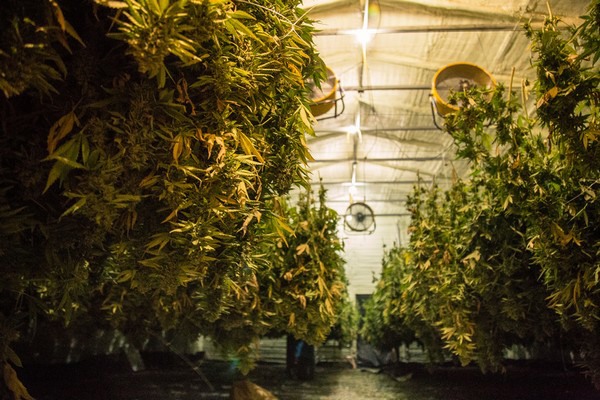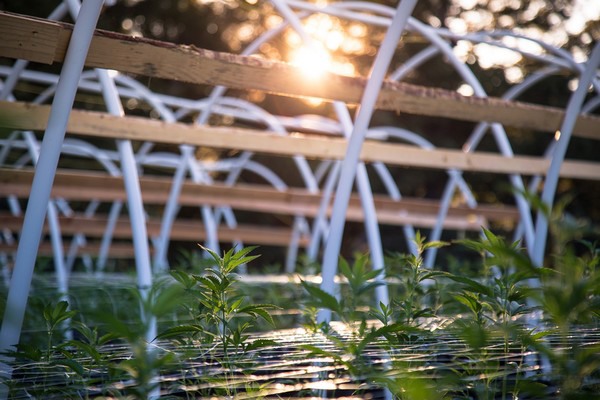Setting up a hemp greenhouse startup comes with many hurdles, especially considering how much of a competitive market and industry this is. In order to get through them and reach the finish line successfully, there are a few things that are important to keep in mind.
The first and foremost thing to do is of course to get a cost estimate of the build out, or of the upgrading, in case there is an already existing facility. Thus, the questions one should ask themselves should revolve around the adequacy of the chosen control systems: are they too old, or out of date? And how well integrated are they?

Another important aspect is related to the HVAC, as it is of the utmost importance to meticulously calculate the power necessary to run the entire operation. The climate conditions of the location chosen for said greenhouse is important, and would dictate how much energy is required to either cool down or heat up the structure. This can, however, also be balanced out with the lighting system, as HPS lamps emanate more heat, and can be used to make the environment warmer.
Once this has been sorted out, it is crucial to think of the space within the structure, and how that could be optimized to prevent future hurdles in terms of too little room for movement. The space necessary is not only related to the moving of pots, plants and soil, but also to the loading and unloading of trucks, as well as how easy employees can move around the facility: carts, wagons, and rolling trays are all options, depending on the facility. These types of equipment can significantly impact the labor cost, as workers would spend less time aimlessly roaming around the facility.

One of the main resources needed is of course water, but also how this water is mixed up with nutrients and delivered to the plants. The choice is then between a centralized and a decentralized fertigation system. A centralized fertigation system could get quite complicated, as it depends on the complexity of the cropping system. It requires a fully integrated irrigation control system with constant monitoring to keep it under control. The decentralized system has the benefit of individual dosing stations, with each of the different growth stages being dosed/blended according to the needs. At the same time, it can get as complicated as the grower is required to monitor a high number of individual injectors and tanks.
Ultimately, it all comes down to what end product a grower wants to produce. Depending on this, the facility and cultivation processes vary. The production of smokable flowers would require a high degree of control, as these have to align to the high standards of the market. On the other hand, manufacturing biomass which then gets processed can be easier, as the processing process could follow very high and strict standards that might qualify the end product even as GMP. Another very interesting end product that hemp greenhouses could produce is seedlings or clones: a grower could grow cannabis plants through the vegetative phase only, or they could produce plant starters, which then another grower can only take to the end of the growing process. This surely represents a very interesting market segment, and there are a few companies like The Hemp Mine that are venturing into this. At the same time, such an operation would require nursery licensing, and regular inspections to ensure that the young plants coming out of the greenhouse are of the highest quality.
Source: slideshare.net
